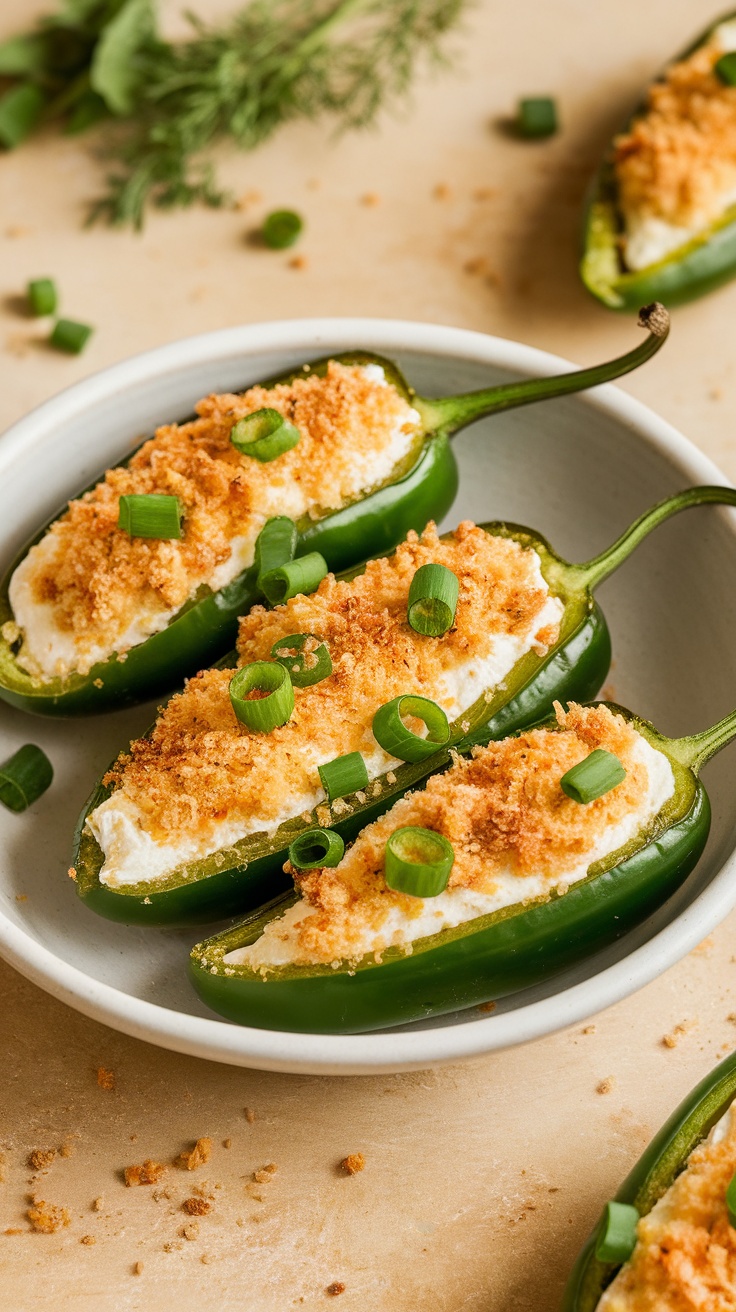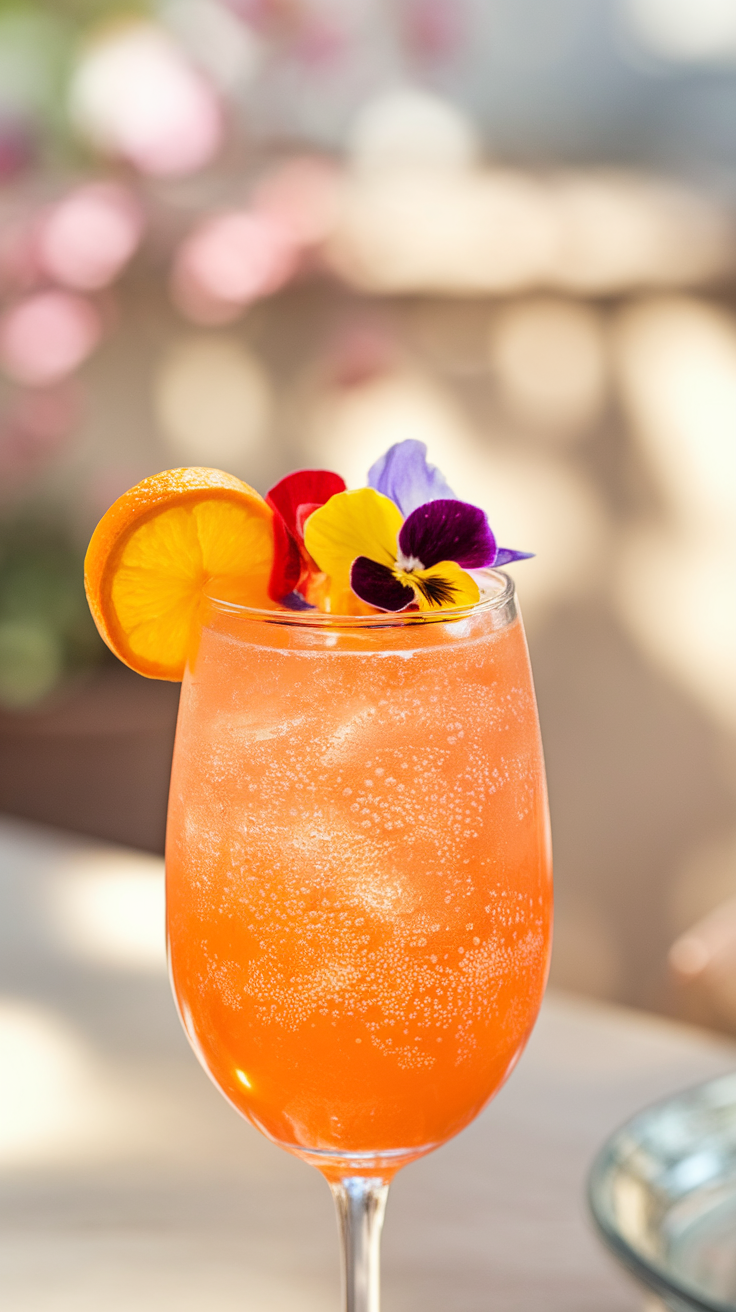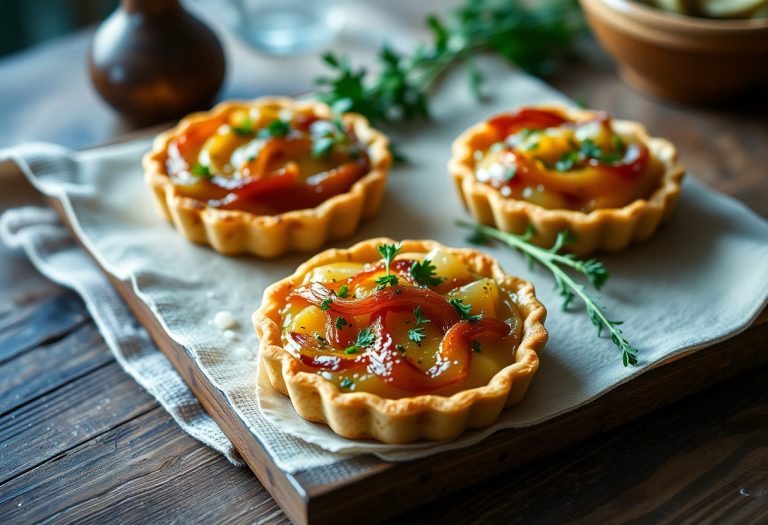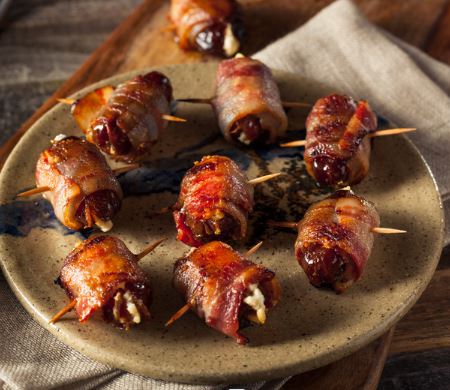Best Type of Outdoor Furniture – Comparing Materials
Best Type of Outdoor Furniture – Comparing Materials
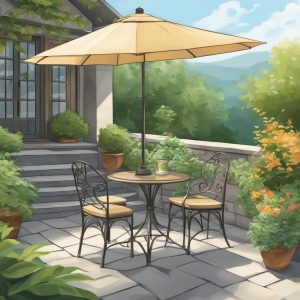
If you’re looking to spruce up your outdoor space, investing in some quality outdoor furniture is a must. But with so many materials to choose from, it can be overwhelming to decide which one is the best fit for your needs. In this article, we’ll compare the most popular types of outdoor furniture materials to help you make an informed decision.
Understanding the pros and cons of each material is key to finding the right outdoor furniture for your needs. Factors like weather resistance, maintenance, and aesthetic appeal should all be taken into consideration. Additionally, you’ll want to think about the functional considerations of each material, such as weight and durability, as well as the cost and lifespan of the furniture. With all of these factors in mind, let’s take a closer look at the most common types of outdoor furniture materials.
Key Takeaways
- Understanding the pros and cons of each outdoor furniture material is key to making an informed decision.
- Consider factors like weather resistance, maintenance, and aesthetic appeal when choosing outdoor furniture.
- Functional considerations like weight and durability, as well as the cost and lifespan of the furniture, should also be taken into account.
Understanding Outdoor Furniture Materials
When it comes to choosing the best type of outdoor furniture for your space, it is important to consider the materials that will be used. Different materials offer varying levels of durability, sustainability, and style. In this section, we will take a closer look at the most common materials used in outdoor furniture, including wood, metal, and synthetic materials.
Wood Varieties and Their Properties
Wood is a popular material for outdoor furniture due to its natural beauty and durability. Hardwoods like teak, ipe, and cedar are known for their weather-resistant properties and can last for decades with proper care. Softwoods like pine and fir are also commonly used and offer a more affordable option. However, they are not as durable as hardwoods and may require more frequent maintenance.
Metal Options for Durability and Design
Metals are another popular material for outdoor furniture due to their durability and design versatility. Aluminum is a lightweight and weather-resistant option that is easy to maintain. Steel and wrought iron are heavier metals that offer a more classic and traditional look. However, they require more maintenance to prevent rust and corrosion. Ironwood is another metal that is extremely durable and resistant to weather and pests.
Synthetic Materials: Resin and Wicker
Synthetic materials like resin and wicker offer a more affordable and low-maintenance option for outdoor furniture. Resin furniture is typically made from recycled materials and is weather-resistant, making it a sustainable choice. Wicker furniture is made from synthetic materials like PVC and HDPE and is designed to look like traditional rattan furniture. It is lightweight, durable, and easy to maintain.
In summary, choosing the best material for your outdoor furniture depends on your personal preferences and needs. Hardwoods like teak and ipe offer durability and natural beauty, while metals like aluminum and ironwood offer strength and design versatility. Synthetic materials like resin and wicker offer a more affordable and sustainable option. Consider the weather conditions in your area and the level of maintenance you are willing to commit to when choosing the best material for your outdoor furniture.
Weather Resistance and Maintenance
When it comes to outdoor furniture, weather resistance and maintenance are crucial factors to consider. You want furniture that can withstand the elements and requires minimal upkeep. Here are some things to keep in mind when choosing outdoor furniture materials.
Dealing with Moisture, Mold, and Mildew
Moisture is the enemy of outdoor furniture, as it can lead to rot, rust, and mold and mildew growth. To combat this, you want to choose materials that are weather-resistant and can withstand rain and humidity. Teak wood, for example, contains natural oils that make it resistant to moisture and insects. Synthetic materials like resin and polyethylene are also commonly used for outdoor furniture because they are waterproof and easy to clean.
Combatting Sun Damage and Fading
UV rays from the sun can cause outdoor furniture to fade and lose its color over time. To combat this, you want to choose materials that are fade-resistant and can withstand prolonged exposure to the sun. Acrylic fabrics are a good choice for outdoor cushions and upholstery, as they are strong, durable, and fade-resistant. Teak wood and aluminum are also good options for outdoor furniture, as they are naturally resistant to sun damage.
Material Response to Temperature and Weight
Outdoor furniture is exposed to a wide range of temperatures, from hot summer days to cold winter nights. You want to choose materials that can withstand these temperature fluctuations without warping or cracking. Additionally, you want furniture that can support the weight of people and objects without bending or breaking. Aluminum and steel are good options for outdoor furniture frames, as they are strong and lightweight. Teak wood is also a good choice, as it is durable and can support heavy weight.
In summary, when choosing outdoor furniture, it’s important to consider weather resistance and maintenance. You want furniture that can withstand rain, sun, and humidity without rotting, rusting, or fading. Teak wood, synthetic materials like resin and polyethylene, acrylic fabrics, aluminum, and steel are all good options for outdoor furniture. Keep in mind the material’s response to temperature and weight, and choose furniture that is durable and easy to clean.
Aesthetic and Functional Considerations
When it comes to outdoor furniture, there are a few key factors to consider. You want your patio furniture to be both aesthetically pleasing and functional. Here are some things to keep in mind when selecting the best type of outdoor furniture.
Design and Style Choices
Your outdoor furniture should complement the design and style of your home. Consider the color scheme and overall decor of your outdoor space. You can choose from a variety of styles, including modern, traditional, and rustic. Look for patio sets, garden furniture, sofas, lounge chairs, stools, sectionals, and other types of outdoor patio furniture that match your design aesthetic.
Comfort and Quality of Outdoor Seating
Comfort and quality are crucial when it comes to outdoor seating. Look for patio furniture with comfortable cushions and quality construction. You want your outdoor seating to be durable and long-lasting. Consider investing in a high-quality patio set or lounge chairs that will last for years to come. Don’t forget to include umbrellas and other decor to complete your outdoor space.
Overall, selecting the best type of outdoor furniture comes down to your personal preferences and needs. Consider factors such as style, comfort, quality, and looks when making your selection. With the right patio furniture, you can create an outdoor space that is both functional and aesthetically pleasing.
Cost and Lifespan of Outdoor Furniture
When it comes to outdoor furniture, the cost and lifespan are two important factors to consider. In this section, we will discuss the price points and long-term value of different materials, as well as the care and longevity of each.
Price Points and Long-Term Value
Outdoor furniture can range in price from very affordable to extremely expensive. However, it’s important to consider the long-term value of your investment. While a lower-priced set may seem like a good deal at first, it may not last as long as a higher-priced set made of more durable materials.
Stainless steel and aluminum frame furniture are generally more expensive, but they are also more durable and long-lasting. Resin wicker and synthetic materials are also popular options that offer a good balance between price and durability.
Concrete and galvanized furniture are also durable and long-lasting, but they tend to be heavier and less portable. Cast iron and cast aluminum furniture are also heavy, but they offer a classic look and are very durable.
Care and Longevity of Different Materials
The care and longevity of outdoor furniture depend on the materials used. Low-maintenance options like stainless steel, aluminum, and synthetic resin wicker require minimal upkeep and can withstand harsh weather conditions.
All-weather wicker and resin wicker are also low-maintenance and can last for many years with proper care. Cast aluminum and cast iron require a bit more maintenance, but they are also very durable and can last for decades.
Rust and corrosion can be a problem with some materials, so it’s important to choose furniture that is designed to resist these issues. Eco-friendliness is also a consideration for some consumers, and there are many sustainable options available.
Overall, the best outdoor furniture for you will depend on your personal preference, budget, and desired level of durability. By considering the price, care, and longevity of different materials, you can make an informed decision and choose furniture that will last for years to come.
Frequently Asked Questions
Which material provides the best durability for outdoor furniture?
When it comes to durability, teak and aluminum are two materials that stand out. Teak is a hardwood that is naturally resistant to water, insects, and rot. It has a high oil content that helps to keep it from drying out and cracking. Aluminum, on the other hand, is lightweight, strong, and doesn’t rust. It’s also easy to clean and maintain.
What are the advantages of teak in outdoor furniture construction?
Teak is a popular choice for outdoor furniture because of its natural resistance to the elements. It has a beautiful, warm color and a smooth texture that make it a great choice for any outdoor space. Teak is also easy to maintain and can last for decades with proper care. It’s important to note that teak furniture can be expensive, but it’s a worthwhile investment for those who want a high-quality, long-lasting piece.
How does aluminum fare as a material for outdoor furniture?
Aluminum is a great choice for outdoor furniture because it’s lightweight, durable, and doesn’t rust. It’s also easy to clean and maintain, making it a popular choice for those who want low-maintenance furniture. Aluminum furniture can be powder-coated in a variety of colors and finishes, so it’s easy to find a style that matches your outdoor decor.
What type of fabric should be chosen for outdoor furniture cushions to ensure longevity?
When choosing fabric for outdoor furniture cushions, it’s important to select a material that is water-resistant and fade-resistant. Sunbrella is a popular brand of outdoor fabric that is designed to withstand the elements. It’s made from acrylic fibers that are dyed before they are woven, which makes the color more fade-resistant. Sunbrella fabric is also water-resistant, so it’s ideal for outdoor use.
Which outdoor furniture materials offer the best resistance to prolonged sun exposure?
Materials that offer the best resistance to prolonged sun exposure are those that are fade-resistant and UV-resistant. Teak, aluminum, and synthetic resin are all materials that are resistant to fading and UV damage. When choosing outdoor furniture, look for pieces that are made from these materials to ensure that they will last for years to come.
What are the best options for waterproof outdoor furniture?
When it comes to waterproof outdoor furniture, synthetic resin and aluminum are both great options. Synthetic resin is a type of plastic that is designed to withstand the elements. It’s water-resistant and won’t fade or crack in the sun. Aluminum is also water-resistant and won’t rust or corrode. Both materials are easy to clean and maintain, making them ideal for outdoor use.

